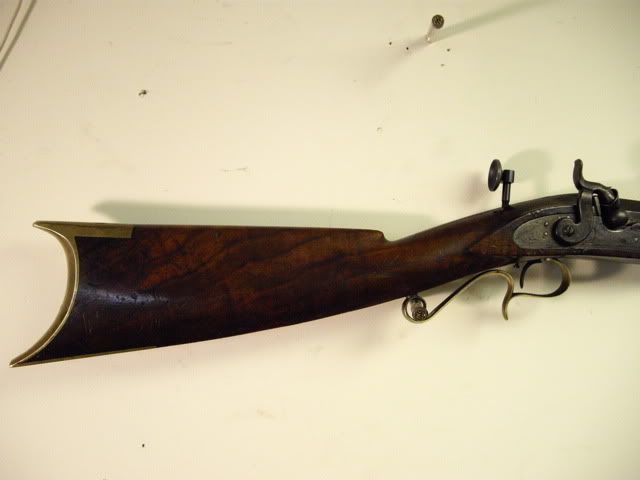Just returned from a birthday party with an antique long rifle that used to belong to my grandfather. It's not in good shape by any means, but I would like to find out more about it! I posted on northeastshooters.com and was recommended by a member to post here.
Below are some pictures - barrel is octagon. There is a J.M. engraved, and D.L.A. on the stock.








Below are some pictures - barrel is octagon. There is a J.M. engraved, and D.L.A. on the stock.








Last edited by a moderator:








